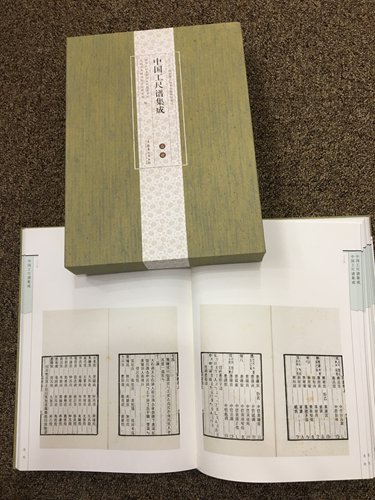
One volume from The Chinese Gongchepu Collection Photo: Courtesy of the Chinese Ministry of Culture
It is widely known that China has a long history of music. Many traditional opera forms that are hundreds of years old are still quite popular today. But how did ancient musicians manage to record their music before the modern methods of numbered notation or Western notation were introduced to China?
They called it gongchepu - a traditional method of notation dating back to the Tang Dynasty (618-907) that uses 10 Chinese characters to represent notes. The method is named after two of these characters 工 (gong) and 尺 (che).
To further explore the use of this notation method in ancient times, China's State-run Culture and Arts Publishing House has published a series of books about gongchepu, the Ministry of Culture announced in Beijing on Wednesday.
Zhang Zhentao, the collection's editor-in-chief, said that the scores for some traditional Chinese operas, such as Kunqu Opera, are still written using the gongchepu method.
"The series also contains valuable musical scores that have been passed down generation to generation," Zhang said.
The 10-volume series The Chinese Gongchepu Collection, which took the editing team seven years to make, includes one volume that provides an overall explanation of the system, while the remaining volumes delve into its local usage in various parts of China; two books are dedicated to Beijing, three for Hebei Province, two for Shannxi Province, one for Jiangsu Province and one for Liaoning Province.
The most valuable score among them is the Yinyueqiangpu, which can be dated back to 1694 during the reign of the Kangxi Emperor.

